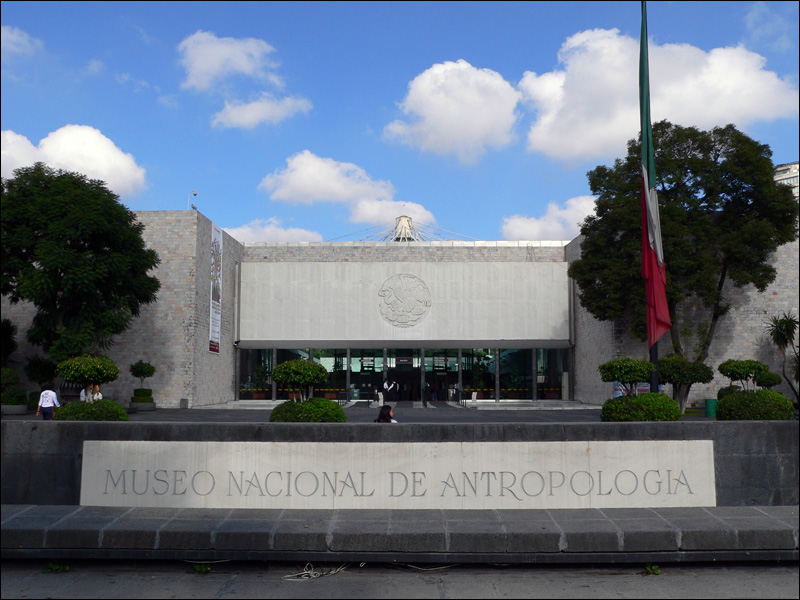The Andaman and Nicobar Islands, particularly Port Blair, bear profound witness to India's complex colonial history through sites like the Cellular Jail and Gandhi Park. These locations represent more than mere geographical spaces; they embody the narrative of resistance, struggle, and eventual liberation that defined India's journey to independence.
The Cellular Jail stands as a powerful symbol of British colonial oppression, constructed between 1896 and 1906 to house political prisoners in extreme isolation. Its architecture was deliberately designed to break the spirit of freedom fighters, featuring individual cells arranged in a radial pattern that prevented prisoners from communicating with each other. The jail's harsh conditions—including solitary confinement and backbreaking labor—were intended to crush the revolutionary spirit of those who challenged colonial rule.
Mahatma Gandhi's influence on this historical landscape was transformative. His persistent advocacy and nationwide campaigns drew international attention to the inhumane conditions within the Cellular Jail. By 1939, largely due to Gandhi's efforts and the growing independence movement, the jail was effectively emptied, marking a significant victory against colonial imprisonment. The site's subsequent conversion into a national memorial in 1979 further solidified its status as a testament to India's struggle for freedom.
Gandhi Park, formerly known as Dilthaman Tank, represents another fascinating layer of Port Blair's historical narrative. Its transformation from a water reservoir to a commemorative public space symbolizes the city's commitment to remembering its complex past. The park's design incorporates elements that reflect both historical resilience and peaceful transformation, including a Gandhi statue, walking paths, and remnants of World War II Japanese bunkers that stand as silent witnesses to the area's multilayered history.
The socio-political context of Port Blair during the independence movement was intricate and fraught with tension. The Cellular Jail was not merely a prison but a manifestation of colonial power designed to suppress political dissent. Intellectuals and freedom fighters like Gandhi and Rabindranath Tagore played crucial roles in exposing the systemic brutality of such institutions, ultimately contributing to their dismantling and the broader narrative of Indian independence.
Beyond its historical significance, Gandhi Park now serves as a vibrant community space that bridges past and present. Its amenities—including playgrounds, a serene lake, and walking paths—offer residents and visitors a place of recreation and reflection. The park's simple yet meaningful design echoes Gandhi's philosophy of simplicity and communal harmony, transforming a once-utilitarian water tank into a symbol of peace and collective memory.
The cultural significance of these spaces extends far beyond their physical boundaries. They represent a profound narrative of human resilience, resistance, and eventual triumph. The Cellular Jail museum and Gandhi Park together offer visitors a nuanced understanding of India's struggle for independence, preserving memories that might otherwise be forgotten and ensuring that future generations can comprehend the sacrifices made during the colonial era.
In contemporary Port Blair, these historical sites have become crucial educational and touristic landmarks. They offer more than mere historical documentation; they provide immersive experiences that allow visitors to engage directly with India's complex journey to freedom. Through careful preservation and thoughtful interpretation, these spaces continue to communicate powerful stories of resistance, hope, and the enduring human spirit.



